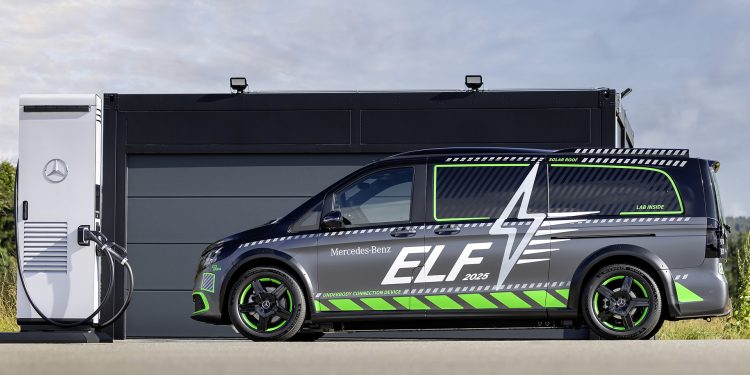Mercedes-Benz ELF: The experimental EV that reimagines charging
Mercedes-Benz has revealed its latest innovation in electric mobility; an experimental vehicle known as ELF, short for Experimental Lade Fahrzeug or Experimental Charging Vehicle. Designed as a mobile laboratory for next-generation charging, ELF is being used to explore everything from megawatt-level fast charging to bidirectional energy flow and wireless inductive charging.
The project forms part of Mercedes-Benz’s broader strategy to make electric mobility not only CO₂-free at the tailpipe, but more efficient, intelligent, and sustainable across the entire ecosystem; from car to charger to grid.
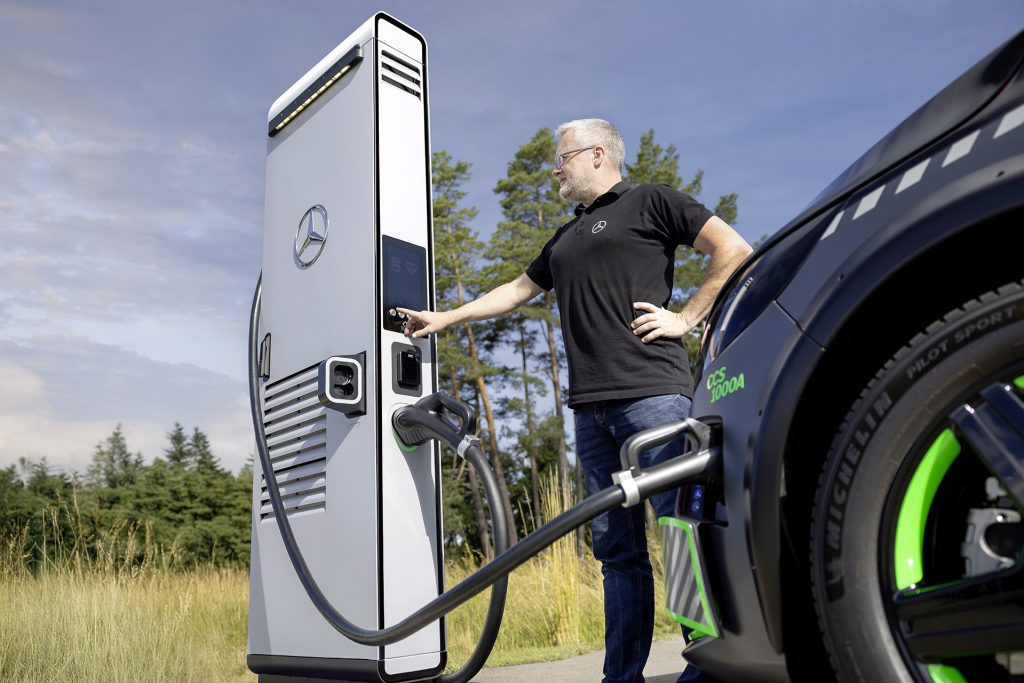
Pushing the limits of fast charging
At the heart of ELF’s research is a dual-charging setup that pushes the boundaries of what EVs can handle. The experimental vehicle is equipped with both MCS (Megawatt Charging System) and CCS (Combined Charging System) connections, allowing engineers to test high-power charging technologies across different scenarios.
The MCS system, originally developed for heavy-duty transport, enables charging in the megawatt range. Mercedes-Benz engineers are using it to stress-test the thermal limits and electrical performance of battery cells, cabling, and cooling systems under extreme loads. This data will inform future long-range passenger and fleet vehicles.
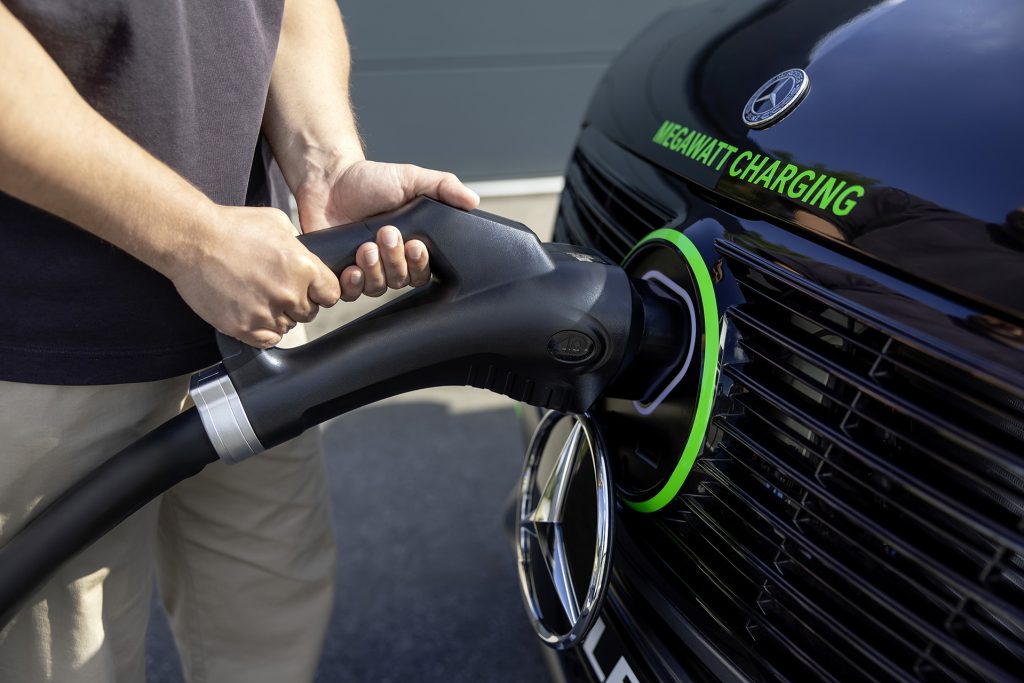
Meanwhile, the CCS connection represents the more consumer-ready side of fast charging. ELF can achieve up to 900kW, enough to add around 100kWh of energy in just 10 minutes. While that’s still experimental, Mercedes-Benz says insights from ELF will directly influence production models, including technologies previewed by the Concept AMG GT XX, which recently demonstrated charging rates above 1000 kW in testing.
To make this possible, Mercedes-Benz worked with Italian supplier Alpitronic to develop a prototype high-performance charger capable of delivering 1000 amps through a CCS cable which is double current industry limits.
The car that gives back: Bidirectional Charging
Beyond speed, Mercedes-Benz is also using ELF to explore bidirectional charging, turning EVs into mobile energy storage systems capable of sending power back to homes, buildings, or even the grid.
Through Vehicle-to-Home (V2H), Vehicle-to-Grid (V2G) and Vehicle-to-Load (V2L) functions, an EV could power appliances, help stabilise the power network, or store surplus solar energy for later use. Mercedes-Benz claims that a typical 70-100kWh battery could supply a household with power for up to four days during an outage.
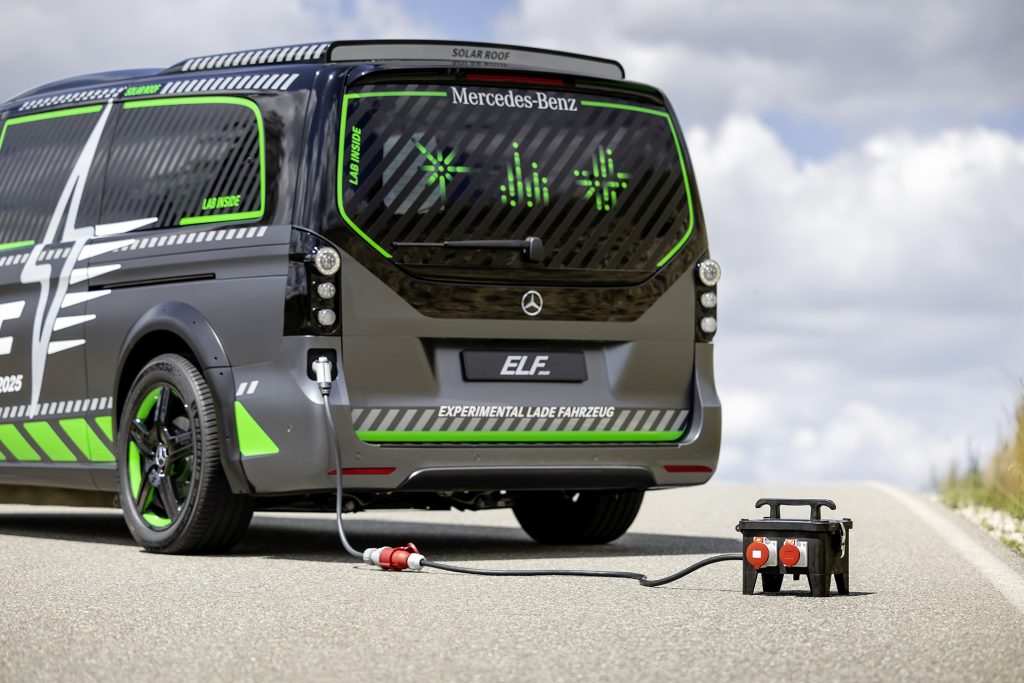
ELF supports both AC and DC bidirectional charging. AC systems are cheaper to install but more complex to standardise across grids, while DC solutions offer higher efficiency and easier integration with solar systems, albeit at higher upfront cost.
Mercedes-Benz already has experience here, having introduced V2G technology in Japan using the CHAdeMO standard. In Europe, the upcoming electric CLA and GLC models will include hardware for DC bidirectional charging, with the first customer services set to launch in Germany, France, and the UK from 2026.
The brand’s MB.CHARGE Home service will bundle a bidirectional wallbox, green electricity tariff, and smart energy management app that will allow customers to not only charge at the cheapest times but also feed energy back to their home or the grid.
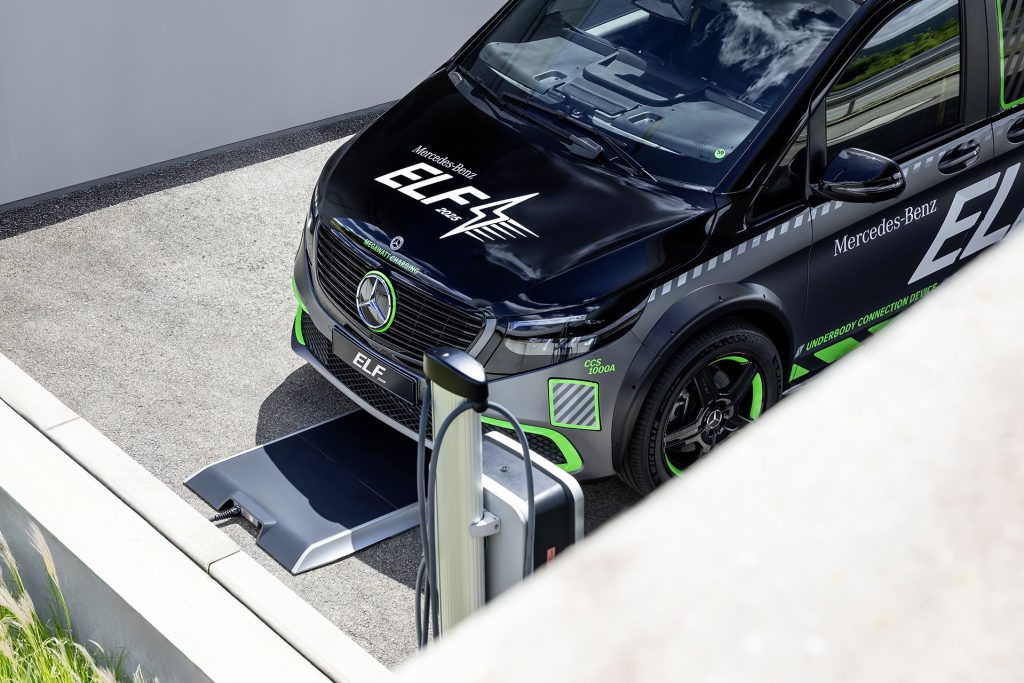
Charging without cables
ELF is also testing inductive (wireless) charging, transferring energy through magnetic resonance rather than physical cables. Currently rated at 11kW AC, similar to a home wallbox, the system is being trialled for efficiency, alignment tolerance, and day-to-day usability.
Wireless charging could prove especially useful for urban or fleet users, where convenience, accessibility, and safety are priorities. Mercedes-Benz says interest in “hands-free” charging is strong in markets like Asia and South Africa, where space and security are key concerns.
Automated conductive charging and robotics
Alongside wireless charging, Mercedes-Benz is also developing automated conductive charging; using retractable connectors beneath the vehicle that link directly with a charging plate on the ground. This technology eliminates manual cable handling and offers a clean, compact solution for tight or barrier-free parking spaces.
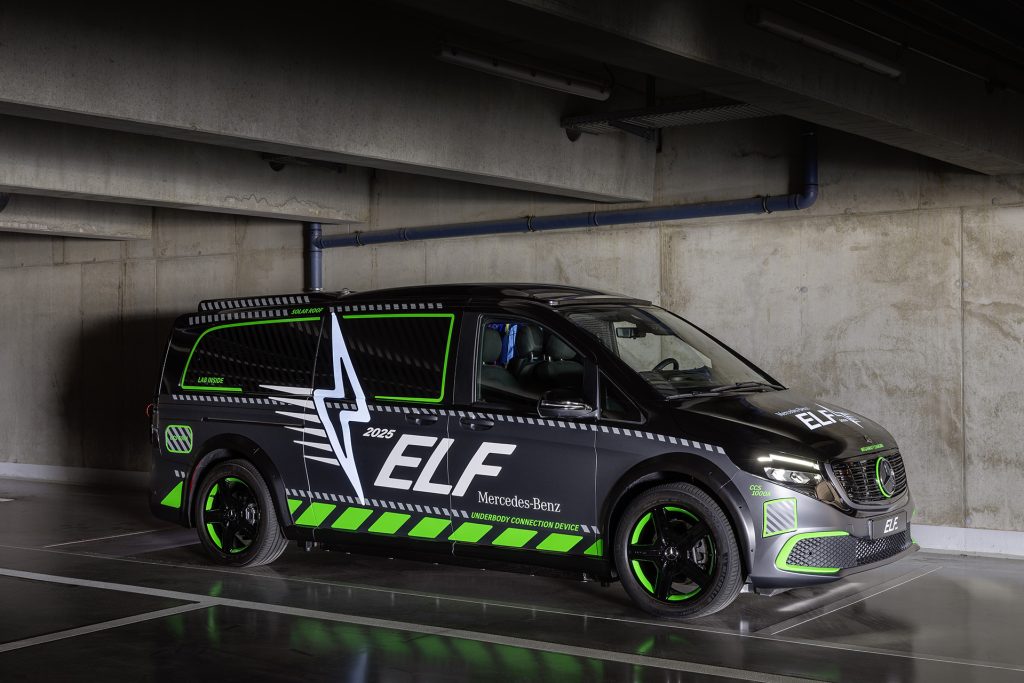
In future, robotic charging systems could handle ultra-high-power connectors automatically which will be a major step forward for fleet depots and premium customer convenience.
A blueprint for the next era of EVs
While ELF itself is purely experimental, its innovations point to the next phase of electric vehicle development: faster charging, smarter energy use, and seamless interaction between car, home, and grid.
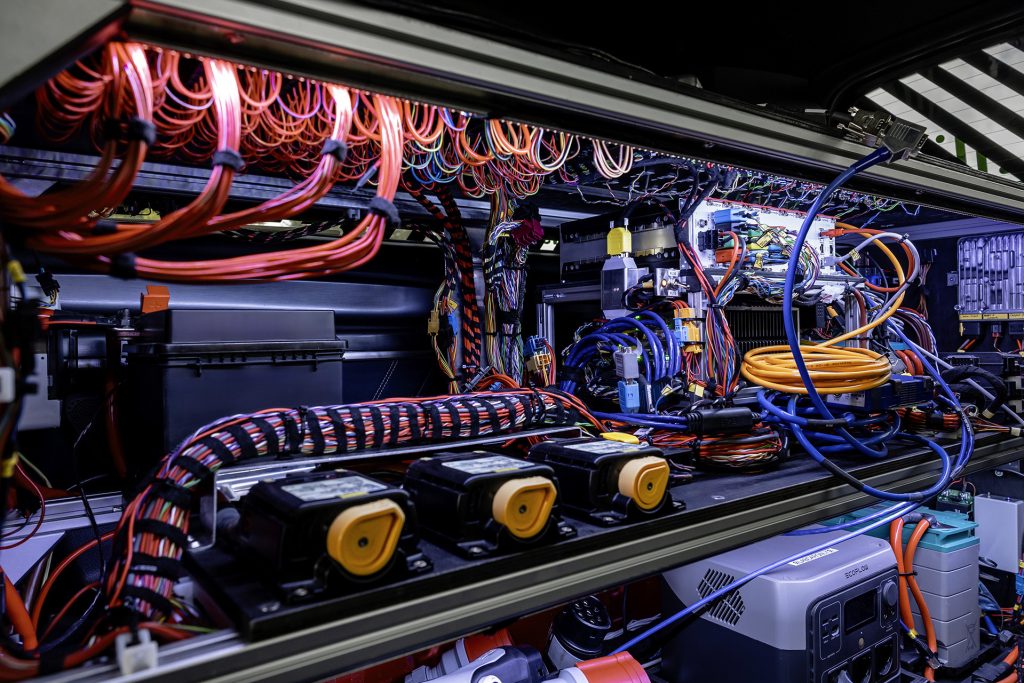
Mercedes-Benz says insights from ELF are already shaping its next generation of vehicles and infrastructure, with plans to roll out new ultra-fast chargers at its Mercedes-Benz Charging Network sites worldwide. The goal? To make recharging nearly as quick and effortless as refuelling a petrol car, and far cleaner.


